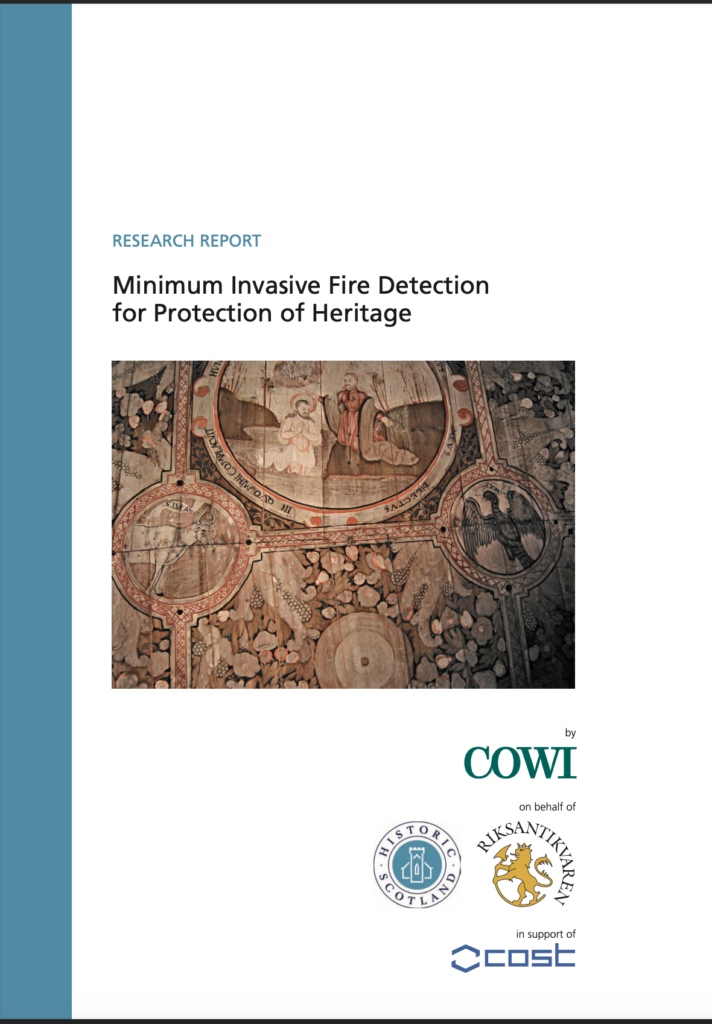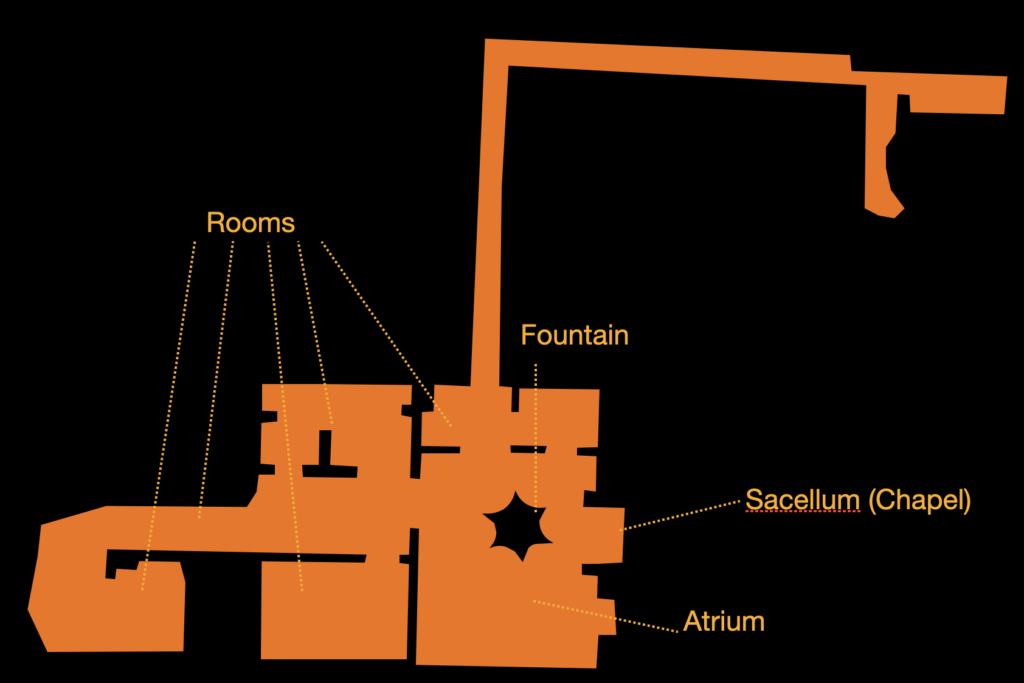Minimally Invasive Fire Detection for Heritage Buildings
Fire detection systems play a crucial role in ensuring the safety of heritage buildings and museums. However, challenges arise concerning the deployment of detectors and cable installations, including irreversible damage to fabric or décor, aesthetic invasiveness, delayed response, and the risk of fire from lightning. This study summarizes various technologies aimed at minimizing invasive detector installations, offering a global perspective with specific attention to the esteemed stave churches of Norway. Additionally, it explores solutions for outdoor area fire surveillance in historic town centers and multiple-building heritage sites.
For indoor applications in historical buildings and museums, aspirating smoke detectors emerge as the optimal choice, offering advantages in minimizing invasion, reversibility, ensuring early detection, reliability, and other key factors. Line heat detectors are recommended for situations where heat detection suffices, being cost-effective, sensitive, and inconspicuous.

for Protection of Heritage, published by COWI and the Riksantikvaren the Norwegian Directorate for Cultural Heritage, Historic Scotland: Technical Conservation, Research and Education Group
Wireless point detectors provide a valuable solution to avoid unnecessary invasion, particularly in areas where heat detectors are applicable. Visual and thermal image fire detectors offer options for large indoor spaces, with thermal detectors being reliable but costly. In contrast, for surveillance of historic town centers and wooden structures, thermal imaging fire detectors prove efficient, transmitting video to manned alarm stations and eliminating the need for invasive installations.
Aspirating smoke detectors demonstrate effectiveness in detecting outdoor or neighborhood fires, integrating samples from multiple points for heightened sensitivity and a low probability of false alarms. They are considered the least invasive detectors for heritage buildings, offering robustness against false alarms and sensitivity to real smoke from fires.
Line heat detectors, valued for reliability in activating extinguishing systems, respond earlier than point heat detectors. Evaluations of minimum invasiveness compared to wired point heat or point smoke detectors show aspirating smoke detectors and line heat detectors as favorable choices.
The report emphasizes the importance of early detection, reliability, cost efficiency, and engineering principles for optimal application designs. It provides insights into the response characteristics of various detectors, including smoke and heat detectors, and outlines measures to reduce false alarms.
In conclusion, this study highlights the significance of choosing minimally invasive fire detection systems tailored to the unique requirements of heritage buildings and museums. Aspirating smoke detectors, line heat detectors, and wireless point detectors emerge as viable options, demonstrating their effectiveness in ensuring the safety of these invaluable cultural assets.
The paper can be downloaded here (External Link): MinimumInvasive FireDetection






